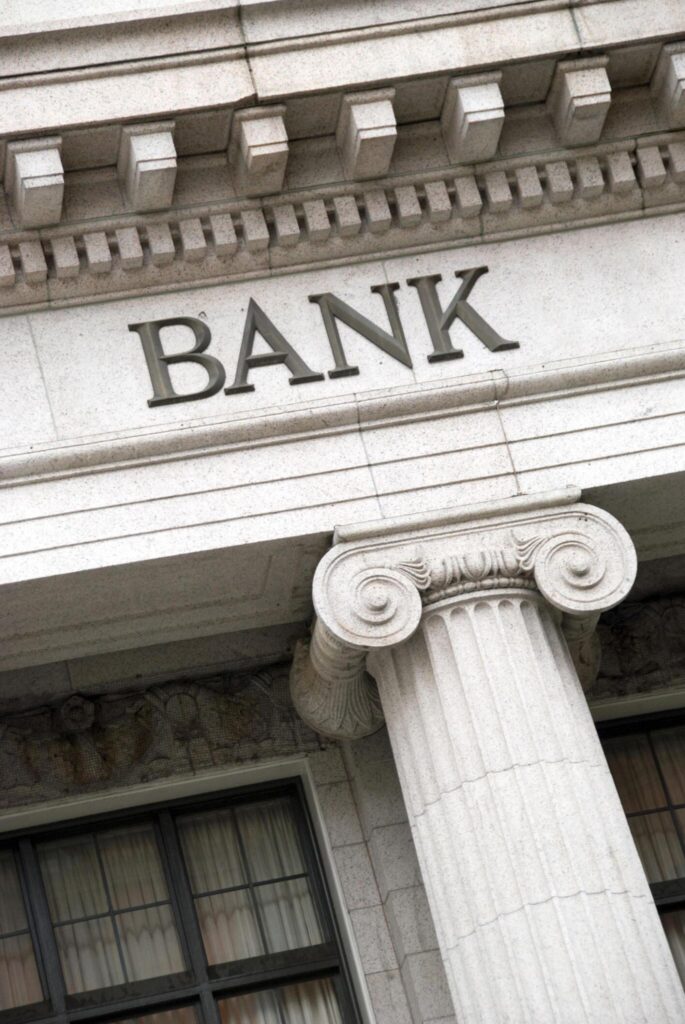
A bank statement is a report of transactions and balances in a bank account. It provides a detailed summary of deposits, withdrawals, and current account balance.
Bank statements are often issued monthly, quarterly, or annually, and are essential for monitoring financial transactions, identifying discrepancies, and maintaining financial records. These statements also serve as proof of income for obtaining loans or mortgages, filing tax returns, and verifying financial transactions.
Understanding the information presented in a bank statement is crucial for managing personal or business finances effectively. With the convenience of online banking, accessing and reviewing bank statements has become easier and more convenient than ever. We will explore the importance of bank statements and how to interpret the information they contain.
Table of Contents
What Is A Bank Statement?
A bank statement is a summary of all the transactions and financial activities conducted through a specific bank account over a period of time. It provides a detailed record of deposits, withdrawals, transfers, and other account activities. Understanding bank statements is crucial for monitoring personal or business finances, especially for budgeting and accounting purposes.
Importance Of Bank Statements
Bank statements are essential documents that help individuals and businesses track their financial activities and manage their cash flow effectively. They serve as a crucial tool to verify account balances, monitor spending patterns, and reconcile transactions. Additionally, bank statements play a vital role in providing evidence of financial transactions for tax purposes, loan applications, and other financial assessments.
Components Of A Bank Statement
- Account Holder Information
- Statement Period
- Transaction Details
- Account Balances
- Interest Earned or Charged
The account holder information typically includes the name, address, and account number. The statement period indicates the specific time frame covered by the statement. Transaction details consist of a chronological list of all deposits, withdrawals, checks cleared, and other account activities. It also outlines the beginning and ending balances of the account, along with any interest earned or charged during the period.

Credit: www.bloomberg.com
Why Is A Bank Statement Important?
Understanding the importance of a bank statement is crucial for managing personal finances effectively.
Tracking Income And Expenses
A bank statement acts as a detailed record of all the transactions conducted through a bank account, providing a clear overview of all the income received and expenses incurred. This helps individuals to keep track of their financial activities and identify any discrepancies or irregularities that may arise.
Budgeting And Financial Planning
By thoroughly examining a bank statement, individuals can analyze their spending patterns and identify areas where they can potentially cut back on expenses. This aids in the creation of effective budgets and financial plans, enabling individuals to achieve their financial goals without overspending or incurring unnecessary debts.
How To Read A Bank Statement?
Bank statement is a document provided by the financial institution that holds your bank account. It is a summary of all the transactions and activities that have taken place in your account during a specific period. Bank statements are typically issued on a monthly basis and serve as a record of your financial transactions.
Account Summary
The account summary section provides an overview of your account’s financial status. It includes information such as the beginning and ending balances, total deposits, total withdrawals, and any fees or charges incurred during the statement period. This section helps you assess the overall health of your account and understand your financial position.
Transaction Details
The transaction details section is where you can find a detailed list of all the transactions that have occurred in your account. This includes deposits, withdrawals, transfers, and any other activities involving your funds. Each transaction is typically accompanied by information such as the date, description, amount, and the account balance after the transaction.
If you are unsure about a specific transaction, you can refer to this section to understand the details and reconcile it with your own records. It is crucial to review these transactions regularly to ensure their accuracy and to identify any unauthorized or fraudulent activities.
Bank statements are an important financial tool that helps you monitor your account’s activity, track your spending, and identify any discrepancies. By understanding how to read a bank statement, you can take control of your finances and make informed decisions based on your financial habits and goals.

Credit: eightify.app
Common Mistakes To Look Out For In Bank Statements
Bank statements are an essential financial document that provides a detailed record of transactions and balances within a specified period. It is crucial to identify and avoid common mistakes in bank statements to ensure accurate financial records and prevent any discrepancies in your account.
Duplicate Or Incorrect Charges
Duplicate or incorrect charges are a common mistake that can frequently occur in bank statements. It’s important to carefully review your statement each month to ensure that you are only being charged for the transactions you made.
In some cases, merchants may accidentally charge you multiple times for the same purchase. This can happen due to technical glitches or human errors. By spotting duplicate charges, you can save money by requesting refunds or disputing the additional charges.
How to identify duplicate or incorrect charges:
- Compare your bank statement with your receipts or online purchase history to verify each transaction.
- Look for any transactions that appear multiple times with the same date and amount.
- Check for transactions that you do not recognize or remember making.
Unauthorized Transactions
Unauthorized transactions can be a serious issue if they go unnoticed in your bank statement. These transactions occur when someone gains access to your bank account without your permission and makes purchases or withdrawals.
How to identify unauthorized transactions:
- Thoroughly review each transaction in your bank statement to ensure that you authorized them.
- Look for any suspicious transactions, such as large withdrawals or payments to unfamiliar accounts.
- Contact your bank immediately if you notice any unauthorized transactions to report the issue and take necessary actions to protect your account.
Tips For Analyzing Your Bank Statement
When it comes to managing your finances, understanding and analyzing your bank statement is essential. Your bank statement provides a detailed record of all your financial transactions, allowing you to track your spending, identify patterns, and ensure the accuracy of your account. In this section, we will explore two important aspects of analyzing your statement: identifying spending patterns and detecting fraudulent activities.
Identifying Spending Patterns
Being aware of your spending patterns can help you make informed financial decisions. Analyzing your statement allows you to track your expenses and understand where your money is going. Here are some tips to help you identify spending patterns:
- Categorize your expenses: Take note of different categories of expenses such as groceries, utilities, rent, transportation, and entertainment. Categorizing your expenses helps you identify areas where you may be overspending or areas where you can cut back.
- Look for recurring payments: Many expenses, such as subscription services or monthly bills, are recurring. By identifying these recurring payments, you can better plan your budget and make necessary adjustments.
- Track irregular expenses: Keep an eye out for unexpected or irregular expenses, such as medical bills or emergency repairs. Knowing these expenses will help you prepare for future financial challenges.
- Compare month-to-month: By comparing your statements from different months, you can identify any significant changes in your spending habits. This analysis can help you pinpoint areas where your expenses have increased or decreased.
Detecting Fraudulent Activities
Protecting your finances from fraudulent activities is crucial. Analyzing your bank statement can help you detect any suspicious transactions and take appropriate action. Here are some tips to help you detect fraudulent activities:
- Review all transactions: Go through your statement line by line to ensure you recognize each transaction. If you come across any unfamiliar charges, contact your bank immediately.
- Check for duplicate transactions: Sometimes, due to technical glitches or human errors, duplicate charges may appear on your statement. Verify the list of transactions to eliminate any duplicates.
- Monitor account balances: Keeping an eye on your account balance can help you identify any sudden or significant changes. If you notice any unexpected fluctuations, it could indicate fraudulent activity.
- Set up transaction alerts: Many banks offer the option to set up alerts for certain transaction types or amounts. This feature can notify you of any suspicious activity in real-time.
By following these tips for analyzing your statement, you can gain valuable insights into your financial habits and protect your finances from potential fraud. Remember to regularly review your statements and promptly address any discrepancies or concerns.

Credit: www.reuters.com
Frequently Asked Questions For What Is Bank Statement
What Is A Bank Statement?
A statement is a document provided by a bank that shows the transactions and balance in a specific account. It lists the deposits, withdrawals, fees, and other activity for a particular period. statements are important for tracking and managing personal or business finances.
Conclusion
Understanding what a statement is can provide valuable insight into your financial health. It is a document that summarizes your transactions, including deposits, withdrawals, and balances. By reviewing your bank statement regularly, you can track your spending, detect any unauthorized transactions, and manage your budget effectively.
This essential financial tool empowers you to take control of your finances and make informed decisions. So, make sure to stay updated with your bank statements to stay financially fit.

